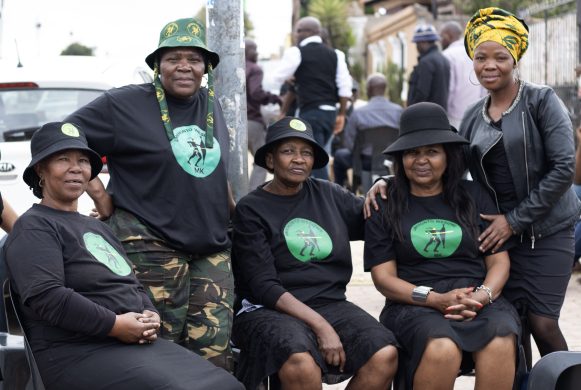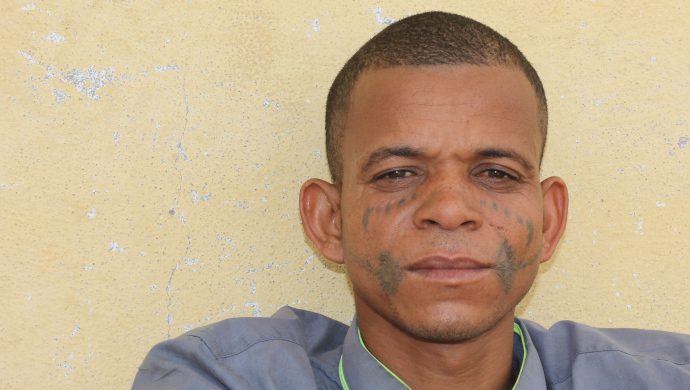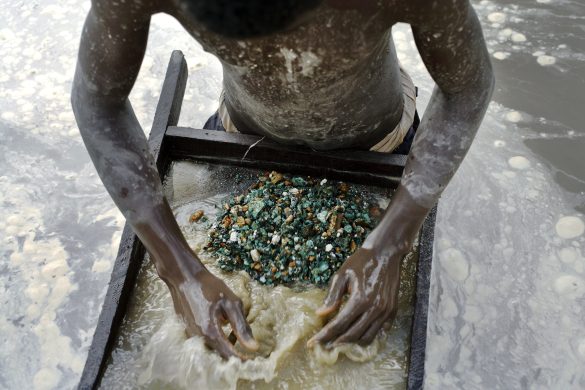ILO offentliggør hvert 4. år en statusrapport om kampen mod børnearbejde. Den seneste blev præsenteret fredag, og den giver ingen grund til optimisme:
GENEVA, 7 May 2010: Amid growing concerns over the impact of the economic downturn, the International Labour Office (ILO) warned in a new study that efforts to eliminate the worst forms of child labour are slowing down and called for a “re-energized” global campaign to end the practice.
In its quadrennial Global Report on child labour, the ILO said that the global number of child labourers had declined from 222 million to 215 million, or 3 per cent, over the period 2004 to 2008, representing a “slowing down of the global pace of reduction.” The report also expressed concern that the global economic crisis could “further brake” progress toward the goal of eliminating the worst forms of child labour by 2016.
– Progress is uneven: neither fast enough nor comprehensive enough to reach the goals that we have set, said ILO Director-General Juan Somavia, and added: – New and large-scale efforts are needed. The situation calls for a re-energized campaign against child labour. We must scale up action and move into a higher gear.
Trends since 2006
The new report’s findings are in contrast to the last quadrennial evaluation in 2006 which found greater cause for optimism. The updated picture is one of “uneven” progress toward the goal of eliminating the worst forms of child labour by 2016. The report warns that if current trends continue the 2016 target will be missed.
The good news is that the overall pattern of child labour reduction has been maintained: the more harmful the work and the more vulnerable the children involved, the faster the decline. However, a staggering 115 million are still exposed to hazardous work, a proxy often used for the worst forms of child labour.
The report breaks down data by age and gender. Progress was greatest among children aged 5-14, where the number of child labourers fell by 10 per cent. The number of children in hazardous work in this age range fell by 31 per cent. Child labour among girls decreased considerably (by 15 million or 15 per cent). However, it increased among boys (by 8 million or 7 per cent). What’s more, child labour among young people aged 15 to 17 increased by 20 per cent, from 52 million to 62 million.
The Global Report also includes data aggregated by region. It shows, for example, that Asia Pacific and Latin America and the Caribbean continue to reduce child labour, while sub-Saharan Africa has witnessed an increase both in relative and absolute terms. This region also has the highest incidence of children working, with one in four children engaged in child labour.
Constance Thomas, Director of the ILO’s International Programme on the Elimination of Child Labour (IPEC), outlined some of the key remaining challenges in tackling child labour, including the scale of the problem in Africa, a much needed breakthrough in agriculture – where most child labourers work – and the need to address sometimes “hidden” forms of child labour, which are often among the worst forms.
– Most child labour is rooted in poverty. The way to tackle the problem is clear. We must ensure that all children have the chance of going to school, we need social protection systems that support vulnerable families – particularly at times of crisis – and we need to ensure that adults have a chance of decent work. These measures, combined with effective enforcement of laws that protect children, provide the way forward, Ms Thomas said.
The ILO IPEC programme was launched in 1992, and in the 2008-09 bienniums it was operational in over 90 countries.














